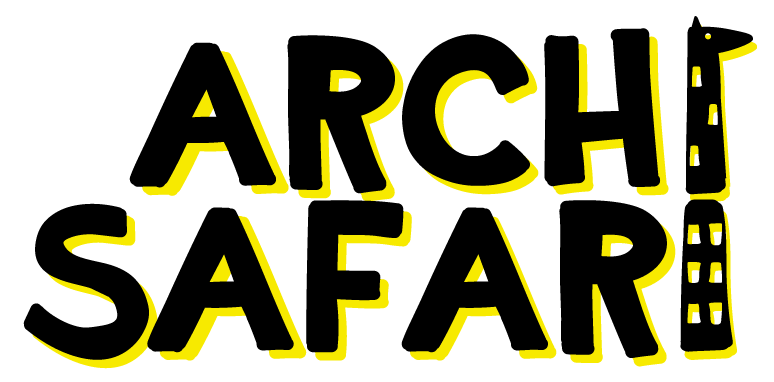We chatted with Cynthia Wong, a former Data Analyst at WeWork. Cynthia studied Architecture at Pratt Institute, and is currently exploring Data Analytics in Real Estate Tech. Today, we chat about what her day-to-day work is like in Real Estate, and how she got there.
Tell us about yourself. Where are you from, what’s your job? And what’s a typical work day like for you?
I was born and raised in the suburbs of New York. You can never be bored in New York! I like that the city is always fast-paced. There’s always something going on.
Professionally, I’m a real estate data analyst and researcher. I specialize in real estate economics, market intelligence, and site selection. On a typical day, I’m cleaning and creating data reports and analyzing real estate data and location information. I do this to understand supply and demand trends within a given market, which helps advise investment decisions.
Sounds cool! Let’s get into some of your background. How did you get into Architecture?
I’ve been fascinated with houses from TV shows since I was a kid. Looking back now, these were probably just TV set designs! I spent hours trying to figure out how the layout of these homes. I even drew out floor plans based on every scene. When I went to LaGuardia High School for the Arts here in NYC, I decided I wanted to study Architecture. This field encapsulates so many things! As someone that was interested in art, psychology, furniture design, interior design, buildings, and sculpture, I was driven towards studying Architecture.
In my third year of college, I was faced with my first “real life” design project. I had to select a site for a public library in New York. I spent weeks researching the five boroughs. Eventually, I landed on a site where a library could meet the needs of a community, its growth, and its zoning laws. Everything made sense to me then. I liked a bit of a clash between research and urban planning.
Fast forward a few years later, I was applying for jobs and saw an internship with an operations team. They were looking to use GIS/location intelligence to optimize their portfolio strategy. I took a chance, applied, and landed the job. That’s how I got into real estate and data.
What fulfills you, or doesn’t fulfill you, in your current role compared to your time in Architecture?
There’s great satisfaction in being able to say you’ve worked on a built project. My current job doesn’t necessarily give me that, since there is no physical product to showcase. But working at the intersection of data, real estate, and research has given me a far greater sense of how cities work. The scale of information is different, and more readily available. And I’m constantly able to remain stimulated by new information.
How did you get into Real Estate Data Analysis?
After my internship ended, I transitioned to a full-time position in Market Intelligence. I spent a lot of time building maps and figuring out what skills I would need to be successful in my new role. I started to take online courses to help facilitate my professional growth. My past in Architecture gives me leverage here. I now know how to curate my own education and connect the dots on what I learn.
There were definitely some roadblocks along the way. Not having a background in CS, Statistics, and Data Analytics meant that I’d have a steeper learning curve when it comes to solving some problems. But with determination and hard work, I get to a better place everyday.
Would you say it was worth it to pivot to another career?
Definitely. I think it’s important to try things in life. Even with a career pivot, I don’t consider this the end of my Architectural journey! I think everything I’ve done is connected, and that’ll come to light one day. I am still very much interested in Architecture, and I’m always thinking of ways to use what I learned to make a difference in people’s lives.
The Architect does not stop learning and inquiring–I model my career and my life based on this foundational concept.
Read more about Architects who have changed their careers here on our blog.








